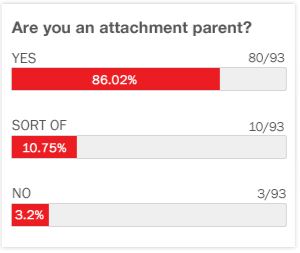People often ask us how we decided to focus our work on dyslexia. The answer is simple: Because dyslexic people are amazing!
When we graduated from medical school in the late 1980s, neither of us intended to work on dyslexia or learning differences. Ten years later our first child began to struggle in ways that the specialists couldn’t seem to explain. That’s when life made the decision for us. To help our son we explored the research literature on learning and development. As we began to find the answers we were looking for, we realized we’d found a new mission for our lives.
For the last 15 years we’ve worked entirely with children and adults facing learning challenges. We initially opened our doors to individuals with all kinds of learning challenges, but each time we saw a child with dyslexia and talked with the child’s parents, we noticed something interesting. We weren’t just encountering the same patterns of problems or challenges, we were also finding the same patterns of strengths.
Most of the time, at least one of the child’s parents was dyslexic or had parents or siblings who were. When we spoke with these parents we found that over four times as many of them were engineers or architects compared with college graduates in general. We also noticed that three times as many of them were philosophy majors—classic big picture thinkers.
The creativity of this group was simply amazing. We were astonished how many had patents or copyrights—often not just one or two but dozens. Ditto for the number who’d started not just one business but many, or were artists, or architects, or creative in other ways. Few of these individuals had just one career: they were musician/inventors; or software architect/chefs; or salesman/sculptors. And often, very often, we heard the same story: “Oh, I was really a late bloomer in school. My third grade teacher actually told my parents that I’d never go to college or hold anything more than a menial job.”
Now, years later, they were being told the same thing about their children.
When we examined these children we saw all the usual dyslexic challenges: problems processing word sounds, low short-term memory, problems finding words, difficulty learning by rote, and so on. Yet we also noticed something else. Although they stumbled through their “reading readiness” tasks like albatrosses wobbling across a beach, when we asked them questions that required creative connections these children suddenly took flight, making connections that eluded many students who’d exceled at the basic processing tasks. For example, on conceptual grouping tasks they so easily made compelling connections between seemingly any set of pictures that it made scoring essentially impossible. They also often excelled at tasks like “ambiguous sentences”, where they had to spot two or more meanings to a sentence like, “The chickens are too hot to eat,” or “The woman saw a man eating fish.”
Over time, these dyslexic individuals began to look to us less and less like people who had a true disability, and more and more like people whose brains were wire to give them a different set of strengths and challenges. While they struggled when their brains were asked to work like safety deposit boxes—to take in some piece of information then return it later in perfect “condition”—they excelled at making new connections or seeing things in new ways.
In 2011 we wrote The Dyslexic Advantage, which describes why we think the traditional deficit-centered perspective on dyslexia misses the most important truths about dyslexic people:
• that their minds work differently not just with reading and spelling, but with almost all functions
• that these differences make it possible for them to have many important abilities and strengths, not just challenges
• that one-sixth of us are dyslexic because nature has judged the benefits of dyslexic minds more important than their challenges
• that dyslexia is better thought of as a trade-off than a deficit
• that most of the “disability” experienced by individuals with dyslexia is caused by our failures to understand and educate dyslexic minds.
While we fully support traditional goals like early identification of dyslexic individuals and appropriate reading training, we also think they’re only half the answer to helping dyslexic individuals reach their potential and enjoy their lives. It’s equally important to help them understand, build, and use their strengths. That’s the focus of our work, and of our nonprofit organization, Dyslexic Advantage. You can learn more about Dyslexic Advantage at www.dyslexicadvantage.org, or by joining (for free) with other dyslexic individuals and families at http://community.dyslexicadvantage.org.










